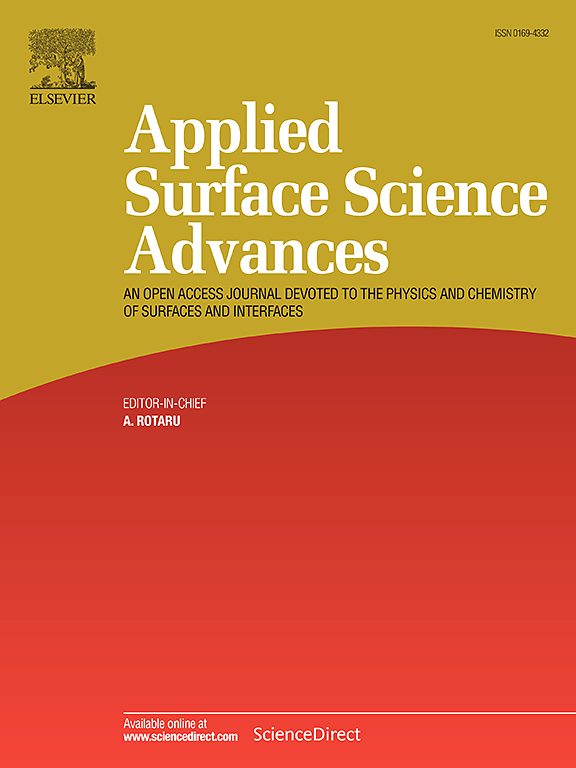Biocompatibility and drug release kinetics of TiNbZrSn femtosecond laser-induced superhydrophilic structures
IF 7.5
Q1 CHEMISTRY, PHYSICAL
引用次数: 0
Abstract
As load-bearing components, metallic implants are frequently used for orthopedic prostheses due to their superiority over conventional ceramic and polymeric biomaterials. Metal-based orthopedic implants have been subjected to various fabrication and treatment methods to enhance their biological activities at the host site. Modifying the structure, improving the hydrophilicity, and developing controlled-release drug delivery systems can improve cellular adhesion, proliferation, osseointegration, and differentiation. Ultrafast lasers have recently attracted interest in surface engineering. Laser surface structuring permits the alteration of sample topography, the chemical makeup of the surface, and the material physical properties. This study presents the surface modification of a TiNbZrSn shape memory alloy using a femtosecond laser to produce laser-induced periodic structures with better drug release than that of a pristine sample. We also present the in vitro cell viability and biocompatibility of the alloy system. All samples structured with femtosecond laser exhibited superhydrophilic nature with 0° contact angle. In addition, the laser structured surfaces showed cell viability above 80 % and minimal cytotoxicity towards human keratinocytes. Moreover, a well-defined hydroxyapatite layer developed on the laser structured surface. In general, the laser structuring process and the induced changes on the surface in terms of roughness and oxide formation result in slower drug release (up to 10 %) compared to pristine specimens.
TiNbZrSn 飞秒激光诱导的超亲水性结构的生物相容性和药物释放动力学
作为承重部件,金属植入物因其优于传统的陶瓷和聚合物生物材料而经常被用于矫形假体。为了提高金属骨科植入物在宿主部位的生物活性,人们采用了各种制造和处理方法。改变结构、提高亲水性和开发控释给药系统可以改善细胞粘附、增殖、骨结合和分化。超快激光最近引起了人们对表面工程的兴趣。激光表面结构可改变样品的形貌、表面的化学构成和材料的物理性质。本研究介绍了利用飞秒激光对 TiNbZrSn 形状记忆合金进行表面改性,以产生激光诱导的周期性结构,其药物释放效果优于原始样品。我们还介绍了合金系统的体外细胞活力和生物相容性。所有用飞秒激光制造的样品都具有 0° 接触角的超亲水性。此外,激光结构表面的细胞存活率超过 80%,对人类角质细胞的细胞毒性极低。此外,激光结构表面上还形成了一层清晰的羟基磷灰石层。总的来说,与原始试样相比,激光结构化过程以及在粗糙度和氧化物形成方面引起的表面变化导致药物释放速度减慢(最多 10%)。
本文章由计算机程序翻译,如有差异,请以英文原文为准。
求助全文
约1分钟内获得全文
求助全文

 求助内容:
求助内容: 应助结果提醒方式:
应助结果提醒方式:


